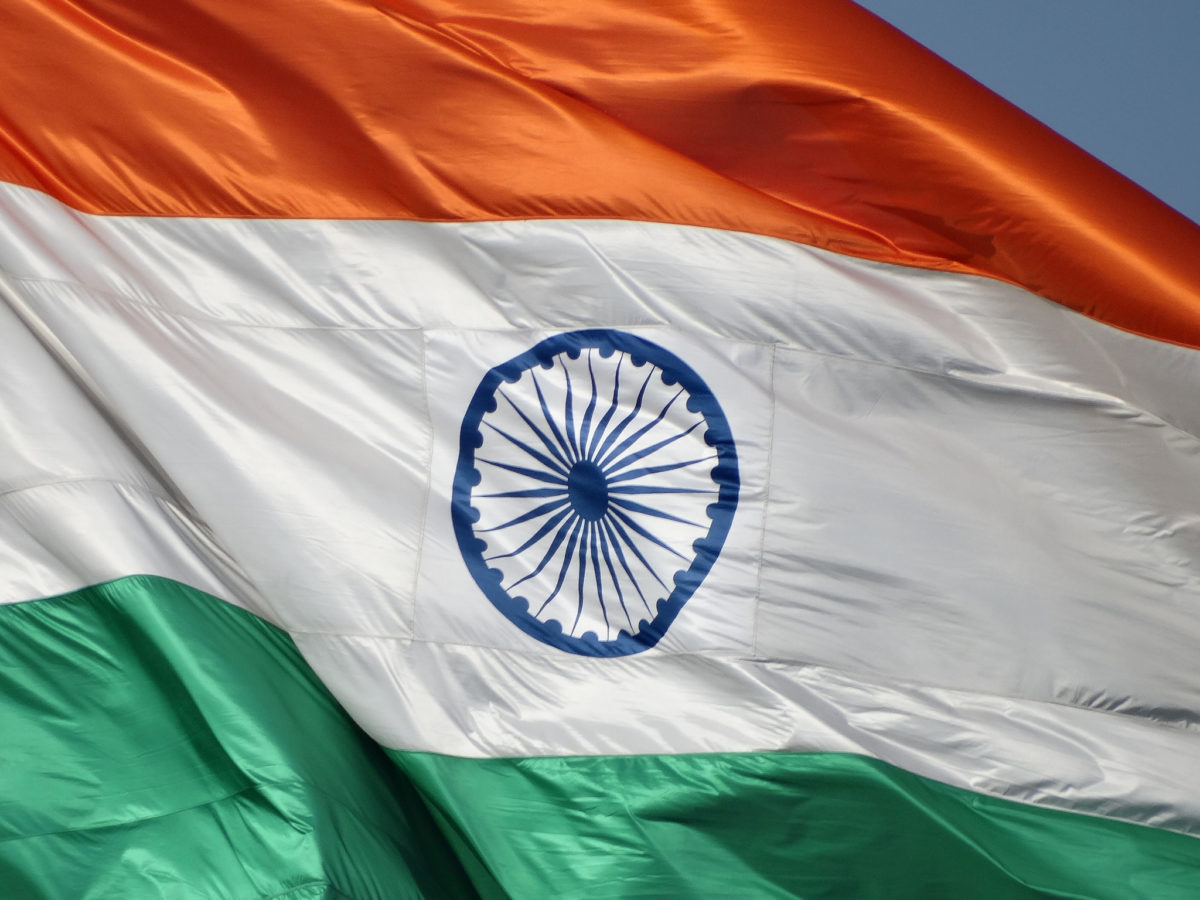From pv magazine India.
With domestic solar manufacturing in the doldrums and India’s first manufacturing-linked PV tender having been met with a tepid response, the nation is mulling a new procurement exercise to develop an industrial base for solar – this time with no generation capacity element attached.
Business news service Bloomberg has reported plans are being considered in India for a solar cell and module manufacturing tender which would include a financial incentive.
The news comes as the world’s biggest democratic elections continued to unfold, with polling completed in 424 of India’s 542 Lok Sabha constituencies on Monday.
India has around 3 GW of annual solar cell production capacity and 9 GW of module capacity – figures eclipsed by some individual businesses in China – and in February the Cabinet Committee on Economic Affairs provided Rs8,580 crore ($1.23 billion) of viability gap funding to enable government-owned companies to establish 12 GW of solar capacity with costlier Indian-made products.
An attempt by the government to staunch the flow of solar imports by applying a 25% safeguarding duty on them appears to have done little to help the expansion of domestic solar manufacturing.
Chinese imports dominate
With the domestic production sector supplying just 15% of India’s solar equipment needs, the nation continues to import almost 90% of its PV modules. Chinese imports make up almost 89% of India’s total solar needs with Singapore a distant second, followed by Taiwan. India also imports solar products from Malaysia, Canada, Thailand, Vietnam and Hong Kong.
The Solar Energy Corporation of India suffered a humiliating outcome last year after floating a tender to attract 5 GW of new solar manufacturing capacity with the carrot of 10 GW worth of power purchase agreements. With PV project developers required to locally manufacture equipment in order to secure capacity, the procurement stumbled through six postponements as its scale was reduced.
The bidding window for the surviving version of the tender has been extended three times with the latest deadline, on Tuesday, widely expected to be pushed further out.
Bloomberg New Energy Finance analyst Rohit Gadre said the next Indian government’s attempts to develop a solar manufacturing industry will encounter familiar hurdles, including domestic policy and competition from ever cheaper solar imports.
A manufacturing tender without a generation capacity element can only succeed if it provides assured long-term demand for domestic modules, Gadre said, and that will prove difficult in the face of Chinese competitors which have already built strong supply chains and impressive economies of scale and which are furiously expanding production capacities even further.
Compounding the lack of demand at home for Indian modules, the export market slumped 19% to be worth just $107 million last year, from $132 million in 2017.
This content is protected by copyright and may not be reused. If you want to cooperate with us and would like to reuse some of our content, please contact: editors@pv-magazine.com.



1 comment
By submitting this form you agree to pv magazine using your data for the purposes of publishing your comment.
Your personal data will only be disclosed or otherwise transmitted to third parties for the purposes of spam filtering or if this is necessary for technical maintenance of the website. Any other transfer to third parties will not take place unless this is justified on the basis of applicable data protection regulations or if pv magazine is legally obliged to do so.
You may revoke this consent at any time with effect for the future, in which case your personal data will be deleted immediately. Otherwise, your data will be deleted if pv magazine has processed your request or the purpose of data storage is fulfilled.
Further information on data privacy can be found in our Data Protection Policy.